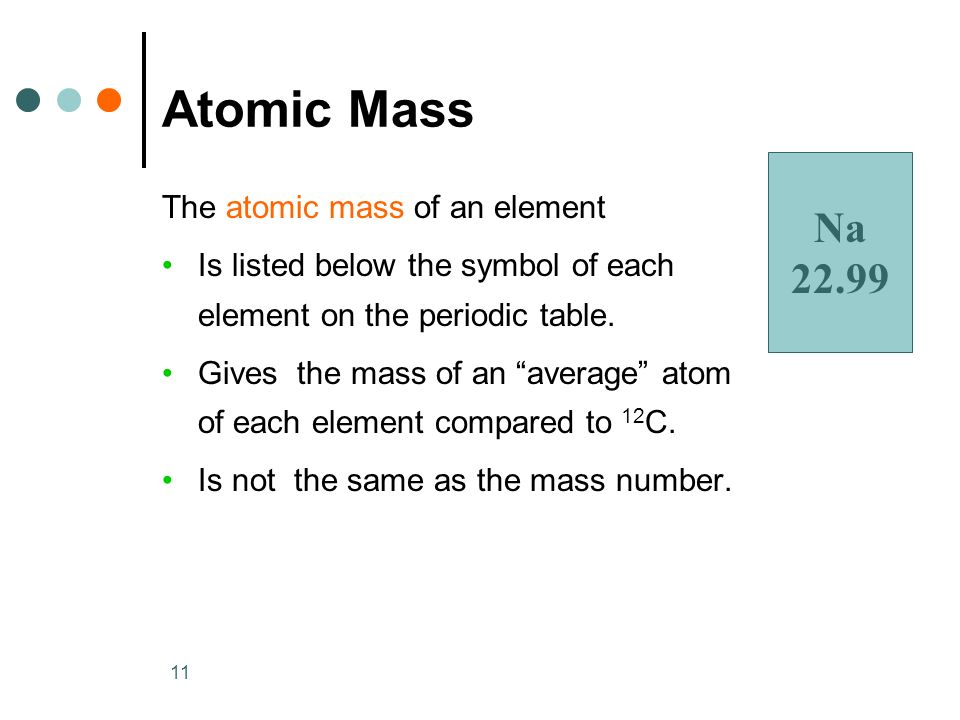Molar mass of C6H12O6 = 180.15588 g/mol
For an element, the molar mass is numerically equal to the atomic mass. For example, the atomic mass of copper is 63.55 atomic mass units, and the molar mass of copper is 63.55 grams per mole. The molar mass of a compound is the sum of the masses of its elements, multiplied by their respective subscripts. Answered 3 years ago Author has 300 answers and 625.2K answer views Glucose is C6H12O6, making its molar mass near as dammit 180. Moles =mass/mr = 36/180 =0.2 One mole of glucose would have 6x Avogadro's number of C atoms.
Convert grams Glucose to moles or moles Glucose to grams Ibm input devices driver download for windows 10.
Molecular weight calculation:
12.0107*6 + 1.00794*12 + 15.9994*6
Molar Mass Of White Sugar
| Symbol | # of Atoms | Hydrogen | H | 1.00794 | 12 | 6.714% | |
| Carbon | C | 12.0107 | 6 | 40.001% | |||
| Oxygen | O | 15.9994 | 6 | 53.285% |
In chemistry, the formula weight is a quantity computed by multiplying the atomic weight (in atomic mass units) of each element in a chemical formula by the number of atoms of that element present in the formula, then adding all of these products together.
The atomic weights used on this site come from NIST, the National Institute of Standards and Technology. We use the most common isotopes. This is how to calculate molar mass (average molecular weight), which is based on isotropically weighted averages. This is not the same as molecular mass, which is the mass of a single molecule of well-defined isotopes. For bulk stoichiometric calculations, we are usually determining molar mass, which may also be called standard atomic weight or average atomic mass.
Using the chemical formula of the compound and the periodic table of elements, we can add up the atomic weights and calculate molecular weight of the substance.
If the formula used in calculating molar mass is the molecular formula, the formula weight computed is the molecular weight. The percentage by weight of any atom or group of atoms in a compound can be computed by dividing the total weight of the atom (or group of atoms) in the formula by the formula weight and multiplying by 100.

A common request on this site is to convert grams to moles. To complete this calculation, you have to know what substance you are trying to convert. The reason is that the molar mass of the substance affects the conversion. This site explains how to find molar mass.
Finding molar mass starts with units of grams per mole (g/mol). When calculating molecular weight of a chemical compound, it tells us how many grams are in one mole of that substance. The formula weight is simply the weight in atomic mass units of all the atoms in a given formula.
Formula weights are especially useful in determining the relative weights of reagents and products in a chemical reaction. These relative weights computed from the chemical equation are sometimes called equation weights.
Formula Weight: sum of masses of all atoms in a given formula or compound
Formula Weight = (# atoms of A) (atomic mass of A) + (# atoms of B) (atomic mass B) …
Example: What is the formula weight of glucose: C6H12O6?
Steps to Solve:
1. List each element and the # of atoms of that element are in the formula
C: (6 atoms of C)
H: (12 atoms of H)
O: (6 atoms of O)
2. Multiply the number of atoms of each element by that element’s respective mass (from the periodic table) to determine the TOTAL mass contributed to the formula from each element in small “chunks:”
C: (6 atoms of C) x (12 g) = 72 g
H: (12 atoms of H) x (1 g) = 12 g
O: (6 atoms of O) x (16 g) = 96 g
3. Add all accumulated masses for each element in the formula to calculate the formula weight:
72 g + 12 g + 96 g = 180 g
So formula weight of glucose = 180 g
Let’s try one more…
Example: What is the formula weight of aluminum sulfate? Al2(SO4)3 [Ans: 342 g]
Solution:

Al: 2 atoms x 27 g = 54 g
S: 3 atoms x 32 g = 96 g
O: 12 atoms x 16 g = 192 g
Atomic Mass Carbon Glucose
54 + 96 g + 192 g = 342g
Atomic Mass Of Glucose In Amu
FYI: Amu and Grams Infineer card reader driver download for windows 10.
While grams are typically used to calculate formula weight because they are more practice, did you know that the first unit used to denote atomic mass–although now arbitrary—was the atomic mass unit. You may see the “amu” unit used for mass in textbooks, but not to worry, there is no need to convert from one to the other. Luckily, they mean the same thing! So 1 amu = 1 gram.
How To Calculate The Molecular Mass Of Glucose
Why? Every amu is the same as a gram thanks to a clever notion: that 1 amu is equivalent to the 1/12 of the mass of a carbon atom (12 on the periodic table) in amu. So 1/12 x 12=1. That is how we attain the 1:1 ratio.
